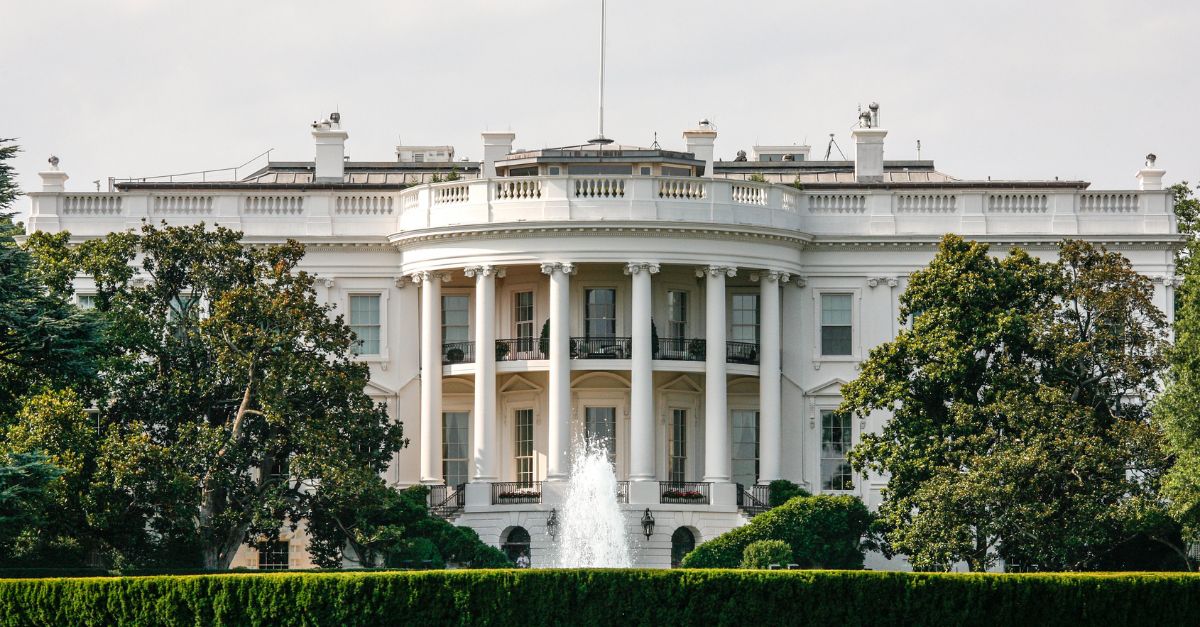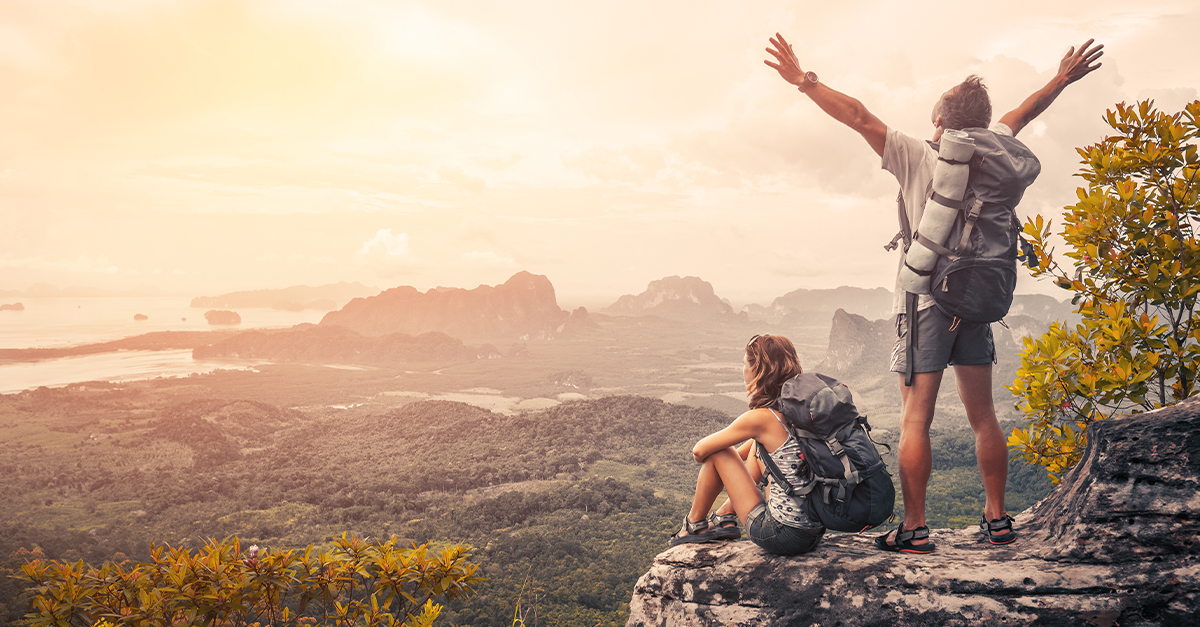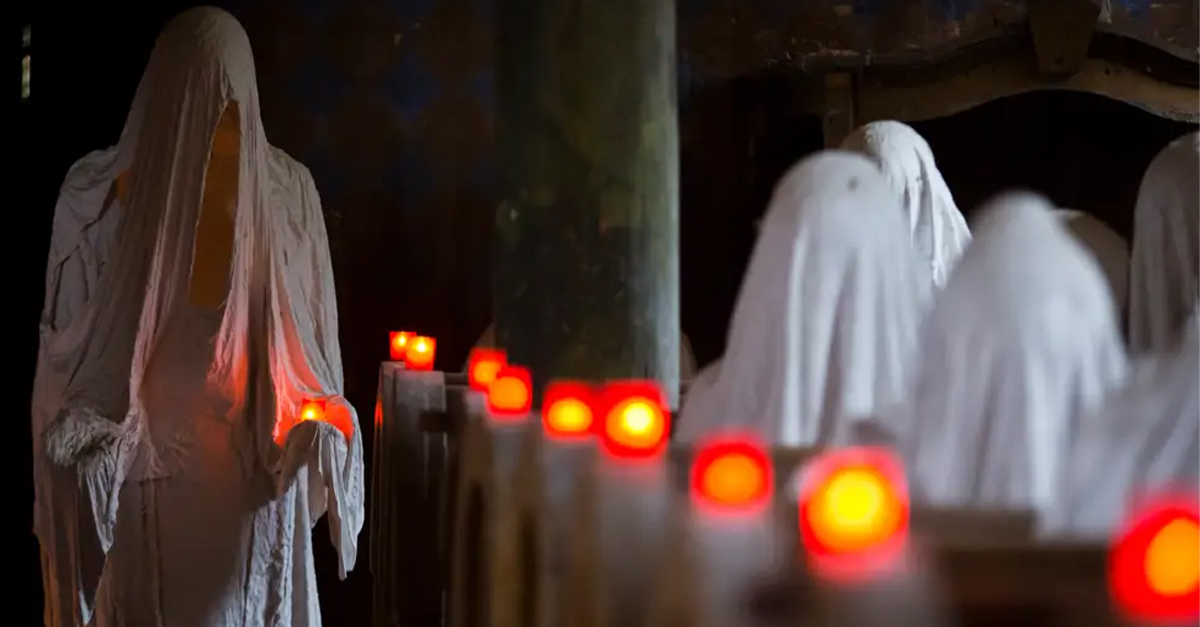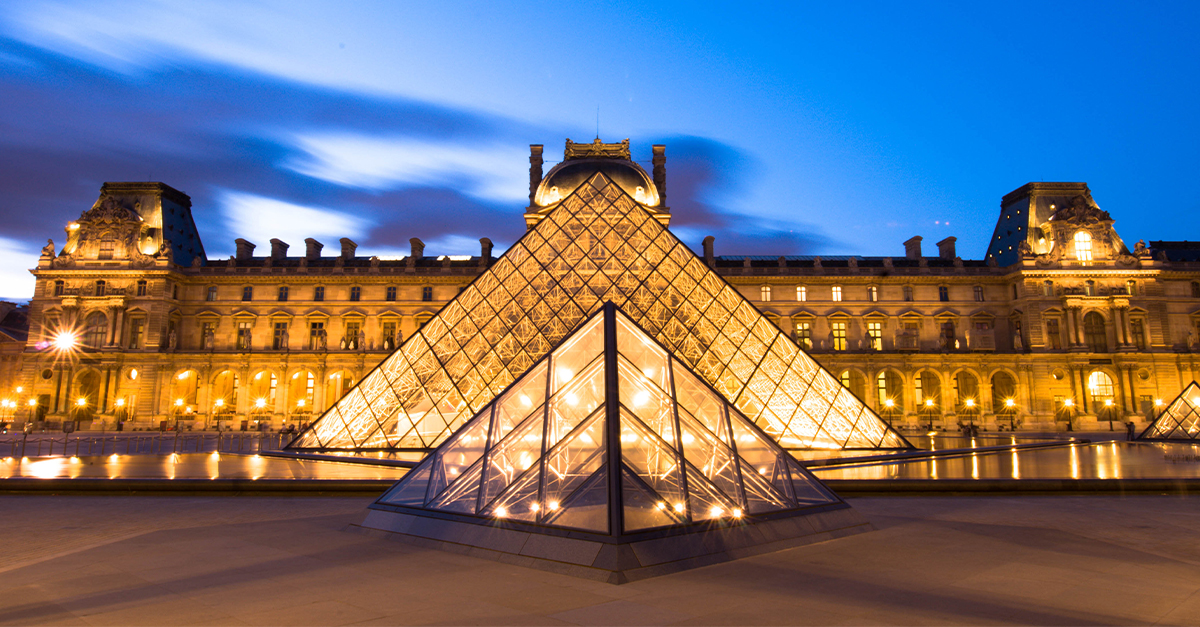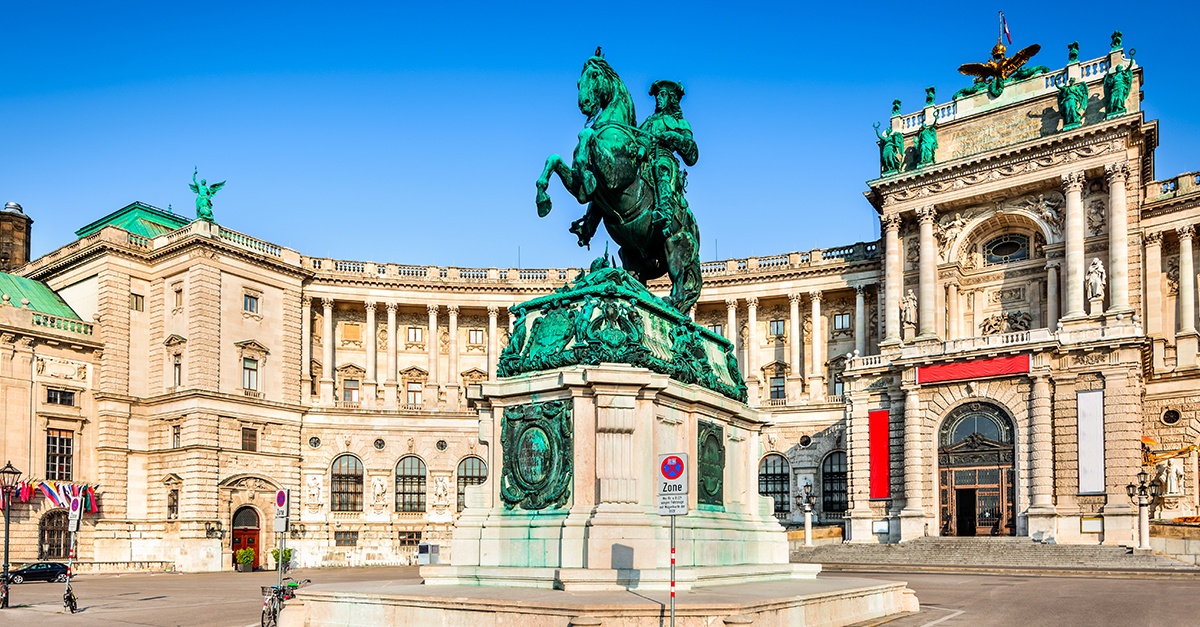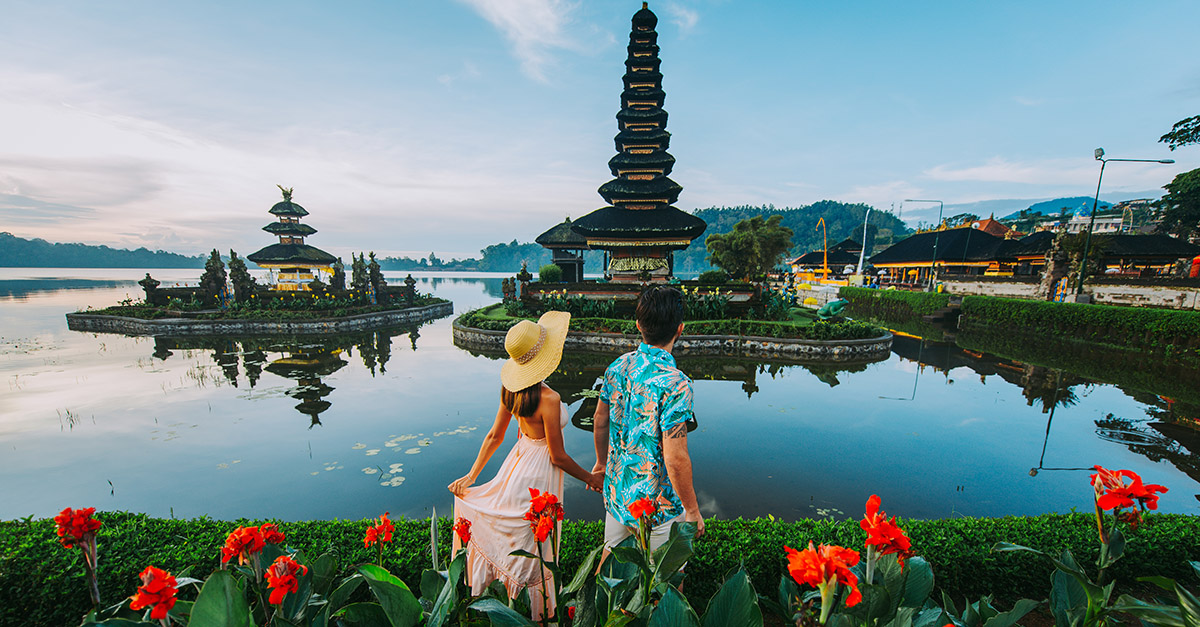Facts That Never Made It Into Your Textbooks
The White House is the most significant house on American soil for obvious reasons. But beyond presidents and press briefings, how much of its past have you actually heard?

It Is Named “White” Because Of Its Whitewashed Sandstone Walls
Lime-based whitewash gave the mansion its ghostly glow long before paint ever touched its walls. The porous Aquia Creek sandstone, quarried in Virginia, needed sealing to survive harsh weather. Folks started calling it “The White House” casually, even decades before the name stuck officially. See what perception can do?
 Matt H. Wade, Wikimedia Commons
Matt H. Wade, Wikimedia Commons
The Cornerstone Was Laid In 1792 During A Masonic Ceremony
October 13, 1792. Picture it: A solemn, symbolic gathering of Freemasons—including one in an apron—placing the very cornerstone that would anchor American democracy. George Washington, himself a Mason, oversaw it. No one knows where that cornerstone lies today, and its location remains one of history’s best-kept architectural secrets.
 U.S. Government, Wikimedia Commons
U.S. Government, Wikimedia Commons
Enslaved Laborers Played A Significant Role In Its Construction
Enslaved African Americans quarried stone, cut timber, and hammered nails into the nation’s iconic residences. The US government leased them from local slaveholders and paid the owners, not the men. Tragically, America’s foundation was laid not only with stone, but with contradiction.
 Anti-slavery almanac 1840, Wikimedia Commons
Anti-slavery almanac 1840, Wikimedia Commons
John Adams Was The First President To Reside There In 1800
Imagine moving into a half-finished house with no plumbing or proper heat, and you are the head of state. That was John Adams’s story in 1800, arriving in November to find drafts, sawdust, and servants cooking in fireplaces. Yet he still called it home.
 Gilbert Stuart; photo uploaded Daderot, Wikimedia Commons
Gilbert Stuart; photo uploaded Daderot, Wikimedia Commons
Thomas Jefferson Added Colonnades To Conceal Stables And Storage
A fan of symmetry and neoclassical beauty, Jefferson disguised utility with elegance. His East and West colonnades that flanked the main residence hid stables and service areas while framing the terrain. That trick gave rise to the White House’s iconic wings. Function met flair—and won.
 Charles Willson Peale, Wikimedia Commons
Charles Willson Peale, Wikimedia Commons
British Troops Set Fire To The Mansion During The War Of 1812
On August 24, 1814, British troops stormed Washington, feasted in the White House dining room, and then torched the place. As expected, the flames engulfed the interior, the roof collapsed, and Black smoke curled for miles. A fiery act meant to humble America only strengthened its resolve.
 Miscellaneous Items in High Demand, PPOC, Library of Congress, Wikimedia Commons
Miscellaneous Items in High Demand, PPOC, Library of Congress, Wikimedia Commons
A Sudden Storm Helped Extinguish The Flames After The Burning
Luckily, nature played the unlikely firefighter. Just hours after the British torched the building, a violent thunderstorm swept in. Rain lashed down. Winds uprooted trees, and likely doused the blaze. Some even say a tornado touched down. Divine intervention or coincidence? Either way, it saved what little was left.
 George Munger, Wikimedia Commons
George Munger, Wikimedia Commons
James Monroe Oversaw The Reconstruction And Furnishing Post-Fire
Monroe, a former soldier turned statesman, stepped into the rubble and rebuilt a symbol. He pushed for French-inspired decor, polished plasterwork, and grander interiors—some furniture still survives today. By 1817, he moved in, even though much remained unfinished. A house reborn, from ashes to elegance.
 Samuel Finley Breese Morse, Wikimedia Commons
Samuel Finley Breese Morse, Wikimedia Commons
The South Portico Was Completed During Monroe’s Administration
You’ve seen it on postcards—those grand, curved steps sweeping into the garden. Monroe authorized construction in 1824, but it wasn’t fully embraced until decades later. It gave the White House a softer, more elegant profile that’s perfect for garden receptions and presidential strolls with cameras rolling.
The North Portico Was Added During Andrew Jackson’s Presidency
Think of it as the house’s formal face. Jackson added the North Portico in 1829, finally balancing the mansion’s aesthetic. With its Greek-style columns and dignified stoop, it quickly became the go-to spot for parades, protests, and presidential photo ops. Ever walked past it? It commands attention.
 Harris & Ewing Collection, Wikimedia Commons
Harris & Ewing Collection, Wikimedia Commons
The White House Received Its Official Name From Theodore Roosevelt In 1901
Until 1901, folks called it everything from the “President’s House” to the “Executive Mansion”. Then came Roosevelt, swift and decisive—he slapped “The White House” onto official letterheads and made it stick. That one move turned a building into a brand, recognizable worldwide.
 Harris and Ewing, Wikimedia Commons
Harris and Ewing, Wikimedia Commons
The West Wing Was Constructed To Relocate Executive Offices
By 1902, President Roosevelt needed to separate family from staff. Can you blame him? So he greenlit the West Wing, housing secretaries, advisors, and eventually, power itself. Fun fact: the original wing had no Oval Office—just a plain old rectangle.
 Josh Berglund from Richardson, United States, Wikimedia Commons
Josh Berglund from Richardson, United States, Wikimedia Commons
The Oval Office Was Created During William Howard Taft’s Presidency
Ever wonder why it’s not square like everything else? Blame—or thank—Taft. Inspired by the Blue Room’s shape, he ordered an oval office in 1909. That geometry symbolized unity and equality, plus it looked stunning on camera. Today, it’s the nerve center of the free world.
 Harris & Ewing, photographer, Wikimedia Commons
Harris & Ewing, photographer, Wikimedia Commons
A Swimming Pool Was Installed For Franklin D Roosevelt’s Therapy
This pool was made not just for laps. In 1933, FDR’s aides built an indoor pool so he could exercise discreetly so that his polio-afflicted legs would remain hidden from public view. He swam daily, right beneath the press corps’s future home. FYI, the space is still there.
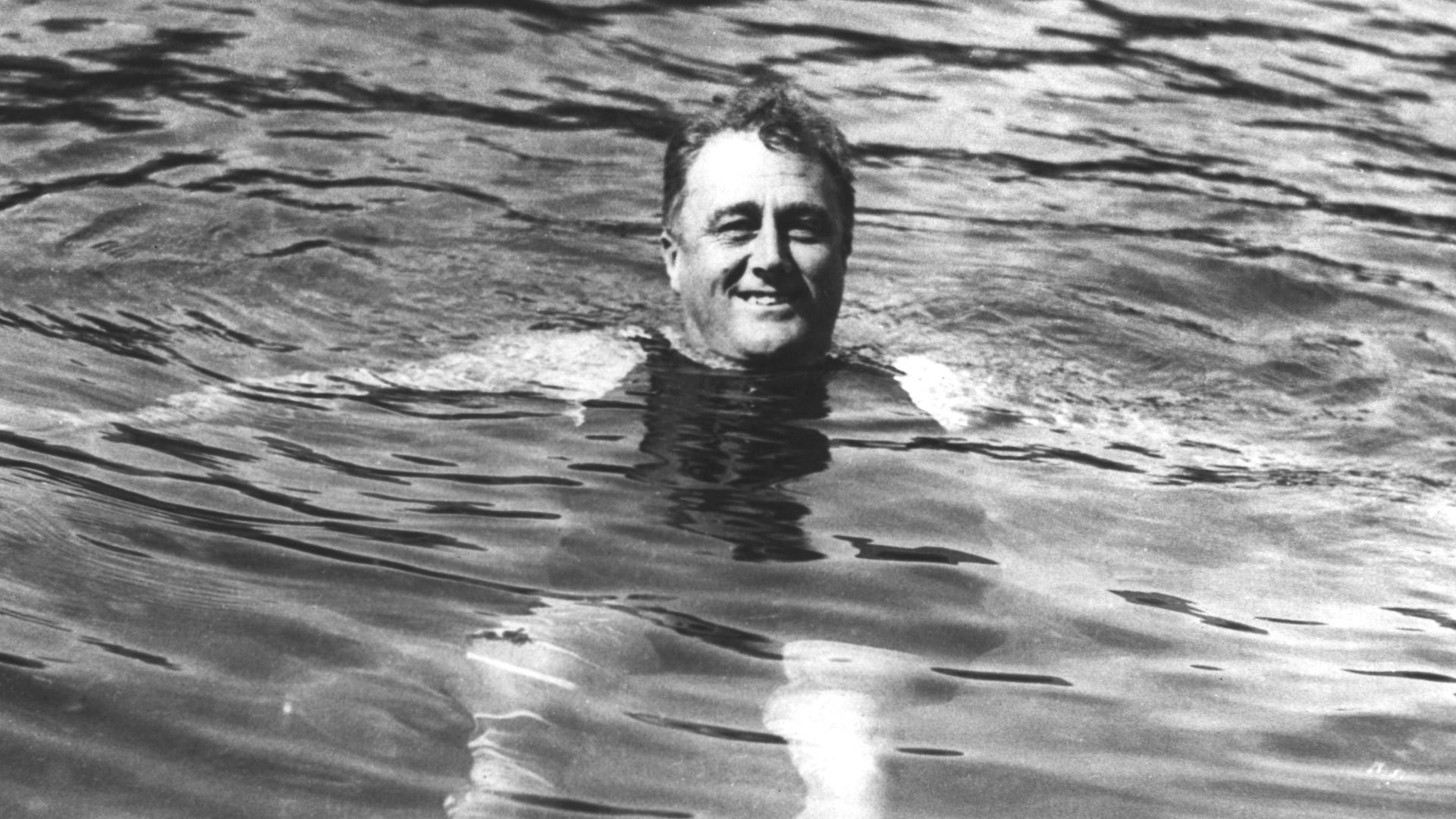 FDR Presidential Library & Museum, Wikimedia Commons
FDR Presidential Library & Museum, Wikimedia Commons
Harry Truman’s Renovation Rebuilt The Interior From 1948 To 1952
By 1948, the White House was literally cracking apart. To save face, Truman had it gutted to the studs and rebuilt with steel beams and concrete. Want irony? The outside stayed historic, while inside, it turned modern. Truman even joked he was living in “the Great White Jail”.
 Greta Kempton, Wikimedia Commons
Greta Kempton, Wikimedia Commons
The Truman Balcony Was Added To The South Facade In 1948
Critics called it an eyesore, an abomination. But Truman didn’t flinch. He added the South Balcony for fresh air and family breakfasts. Today, it’s iconic. Presidents wave from it. Tourists point at it. And yes, it really does have the best view.
 Lakey, J. Sherrel, photographer, Wikimedia Commons
Lakey, J. Sherrel, photographer, Wikimedia Commons
The Situation Room Was Established During John F Kennedy’s Administration
After the Bay of Pigs debacle, JFK created the Situation Room in 1961. It’s a bunker of brains where crises unfold in real-time. There’s no sunlight, just screens, analysts, highly cleared government officials, and decisions that often change history while the rest of the world sleeps.
 Cecil W. Stoughton, Wikimedia Commons
Cecil W. Stoughton, Wikimedia Commons
The Press Briefing Room Was Built Over The Old Swimming Pool
Bet you didn’t know the White House press corps walks atop old tile. Nixon needed space for reporters, so in 1970, the former pool was covered and repurposed. The chlorine scent faded, but the tension didn’t—just ask any press secretary sweating under those lights.
 Unknown authorUnknown author, Wikimedia Commons
Unknown authorUnknown author, Wikimedia Commons
Jimmy Carter Installed Solar Panels Amid The 1979 Energy Crisis
Long before green tech was trendy, Carter climbed up and went solar. He added 32 panels to heat water in the residence, hoping to lead by example. Skeptics laughed back then, but today, those panels rest in a museum, remembered as visionary. Who removed them?
 White House, Wikimedia Commons
White House, Wikimedia Commons
Ronald Reagan Removed The Solar Panels During His Presidency
Here is your answer. Reagan quietly pulled down Carter’s solar panels in 1986. No speeches. No press. Just gone. He prioritized aesthetics and tradition over environmental statements. History, though, noticed and debated the meaning behind that vanishing rooftop hardware.
The White House Contains 132 Rooms And 35 Bathrooms
That’s right—132 rooms. You’d need a map and good shoes to find the right one. From the opulent East Room to storage closets packed with candlesticks, it’s a maze of purpose and pageantry. And those 35 bathrooms? Presidents still complain there aren’t enough.
 Timothy Willis, Wikimedia Commons
Timothy Willis, Wikimedia Commons
It Has A Total Of 412 Doors And 147 Windows
Ever tried cleaning 147 windows with Secret Service watching? White House staff does it—quietly, expertly, and on a tight schedule. Those 412 doors? Each leads somewhere: history or maybe just a broom closet. It’s a structure built for secrets and sunlight alike.
 User:Cezary Piwowarczyk, Wikimedia Commons
User:Cezary Piwowarczyk, Wikimedia Commons
A Bowling Alley Was Added By Richard Nixon In 1969
Nixon, an avid bowler, added a single-lane alley beneath the North Portico—though some sources suggest it may have been in 1973. It’s still there, and staffers use it during off-hours. Think of it as Washington’s most exclusive bowling club, where your opponent might just wear a black suit and earpiece.
A Movie Theater Was Created During Franklin D Roosevelt’s Term
You’ll find it in the East Wing as a cozy cinema where presidents screen everything from Casablanca to Black Panther. FDR had it built in 1942 by converting a cloakroom. From popcorn to politics, the White House doesn’t skimp on premiere night magic.
 The White House from Washington, DC, Wikimedia Commons
The White House from Washington, DC, Wikimedia Commons
The White House Kitchen Can Serve Dinner To 140 Guests
Roast lamb for 140? No problem. The White House kitchen—led by a classically trained executive chef—whips up meals that blend state protocol with fine cuisine. Every dish is vetted for taste and tradition. Don’t expect fast food here, unless it’s for a photo op.
 Samantha Appleton / United states of America, Wikimedia Commons
Samantha Appleton / United states of America, Wikimedia Commons
Presidents Pay For Their Own Groceries And Personal Expenses
Surprised? Most are. While the government covers state dinners and events, presidents foot the bill for their family’s groceries, dry cleaning, personal hygiene items, and more. Some even get itemized monthly invoices. Talk about running a country and a household simultaneously on the same checkbook.
 Wasted Time R (talk), Wikimedia Commons
Wasted Time R (talk), Wikimedia Commons
The Calligraphy Office Produces Handwritten Invitations And Place Cards
The White House employs full-time calligraphers to craft flawless script for invitations, menus, memos, and diplomatic place cards. Their penmanship is practically art. Every stroke must be perfect; after all, when foreign dignitaries sit down, even the font must whisper prestige.
 FastilyClone, Wikimedia Commons
FastilyClone, Wikimedia Commons
The White House Has Its Own Flower Shop In The Basement
Fresh blooms every day. Resting underground, the White House flower shop arranges hundreds of bouquets: roses for the Red Room, lilies for receptions, and custom corsages for guests. It’s not just about beauty; it’s quiet diplomacy, one arrangement at a time.
 White House photograph by Tina Hager, Wikimedia Commons
White House photograph by Tina Hager, Wikimedia Commons
A Dentist’s Office Is Located In The Basement For Emergencies
Toothache during a state dinner? No problem. There’s a dental suite waiting on the lower levels. Staff and presidents alike have relied on it in a pinch. The equipment is modern, and the service is discreet. Let’s just say you don’t need to leave the premises for a dental appointment.
The White House Library Contains Over 2,700 Books
Situated on the ground floor, the library balances mahogany charm with serious scholarship. It holds over 2,700 carefully curated titles, many gifted by presidents or collected for relevance. Guests often meet here for tea or briefings, beneath the gaze of knowledge and wallpapered history.
 Shealeah Craighead, Wikimedia Commons
Shealeah Craighead, Wikimedia Commons
Abigail Adams’s Ghost Is Said To Haunt The East Room
After moving in, Abigail Adams used the East Room to hang wet laundry—yes, really. Ever since, staff have reported the scent of soap and the glimpse of a figure in a cap and dress. Coincidence? Maybe. But late at night, even skeptics avoid that room.
 Gilbert Stuart, Wikimedia Commons
Gilbert Stuart, Wikimedia Commons
Mary Todd Lincoln Held Seances In The Red Room
After losing her son Willie, Mary Todd Lincoln embraced spiritualism and hosted seances inside the Red Room. She invited mediums, chanted incantations, and begged for contact. Her sorrow filled the space, and today, that emotional residue is said to still unsettle nighttime staff.
The White House Requires Over 570 Gallons Of Paint To Stay White
Every few years, crews slather hundreds of gallons of specialized white paint over its iconic facade. Why so much? The porous sandstone soaks it up like a sponge. The exact shade is called “Whisper White”. This task is a labor of love and an optical illusion of perfection.
 The Washington Post, Getty Images
The Washington Post, Getty Images
The White House Has Been Home To Over 30 Presidential Pets
From Lincoln’s turkey to Clinton’s cat and Bush’s Scottish terriers, the White House has seen a full zoo of presidential pets. Teddy Roosevelt even had a one-legged rooster. These animals aren’t just companions—they’re PR gold and occasional scene-stealers during press briefings.
 Johnston, Frances Benjamin, 1864-1952, photographer, Wikimedia Commons
Johnston, Frances Benjamin, 1864-1952, photographer, Wikimedia Commons
The White House Had No Indoor Plumbing Until 1833
For over three decades, presidents and guests relied on chamber pots and outdoor privies. It wasn’t until Andrew Jackson’s term that running water and indoor plumbing began to trickle in—literally. Before that? Even the leader of the free world couldn’t avoid a cold walk in the dark.
 Unknown author, Wikimedia Commons
Unknown author, Wikimedia Commons
The First Indoor Christmas Tree Was Introduced By President Benjamin Harrison In 1889
Imagine the smell of pine, flickering candles, and the clatter of toy soldiers. In 1889, Benjamin Harrison decked the White House halls with the first indoor Christmas tree. It stood in the second-floor parlor, marking the beginning of a holiday tradition that now spans centuries.
 Prince, Geo. (George), 1848-, photographer, Wikimedia Commons
Prince, Geo. (George), 1848-, photographer, Wikimedia Commons
The National Christmas Tree Lighting Ceremony Began With President Calvin Coolidge In 1923
Coolidge sparked more than lights—he ignited a national ritual. In 1923, he flipped the switch on the first National Christmas Tree under a dark Washington sky. Crowds cheered. Bands played. Since then, every president has kept that December glow alive.
 Notman Studio, Boston. Restoration by User:Adam Cuerden, Wikimedia Commons
Notman Studio, Boston. Restoration by User:Adam Cuerden, Wikimedia Commons
The White House Easter Egg Roll Was Officially Launched By President Rutherford B Hayes In 1878
When Congress banned egg rolling on Capitol lawns, Hayes opened the White House gates to local children in 1878. Since then, families have gathered on the South Lawn each Easter Monday to roll eggs, meet mascots, hunt eggs, and make presidential childhood memories.
 Eliphalet Frazer Andrews, Wikimedia Commons
Eliphalet Frazer Andrews, Wikimedia Commons
First Lady Mamie Eisenhower Was Dubbed “Mrs Christmas” For Her Elaborate Holiday Decorations
Garlands everywhere. Mamie Eisenhower turned the White House into a holiday wonderland and this earned her the nickname “Mrs Christmas”. Her style was pink trees, glittery ribbons, and floor-to-ceiling sparkle. She set the tone for First Ladies to follow. Christmas in the Executive Mansion hasn’t been simple since.
 White House photographer, Wikimedia Commons
White House photographer, Wikimedia Commons
The White House Kitchen Garden Was Revived By First Lady Michelle Obama In 2009
Digging deep into nutrition and legacy, Michelle Obama revived the kitchen garden on the South Lawn in 2009. With school kids by her side, she planted leafy greens, herbs, some fruits, and more. Her mission was to teach kids about food right from the most powerful backyard in America.
 Joyce Boghosian, Wikimedia Commons
Joyce Boghosian, Wikimedia Commons
A No-Fly Zone Was Established Over The White House Following The September 11 Attacks
After the chaos of 9/11, security snapped tighter than ever. A strict no-fly zone now hovers over the White House, patrolled by radar, intercept jets, and more tech than a spy thriller. Wander into that airspace uninvited and you’ll meet an escort with wings and consequences.
The White House Fence Was Reinforced After A Security Breach In 2014
When a man scaled the old fence and made it into the East Room, jaws dropped—and so did security protocols. By 2020, a taller, stronger fence stood its ground: Steel spires and anti-climb panels. The message was loud and clear that this house may be historic, but it’s no soft target.
The 44th US President Reinstalled Solar Panels On The White House Roof In 2010
When Barack came to power, he began the process to reinstall solar panels on the White House roof in 2010, with installation completed in 2013. Sleek panels once again crowned the roof, heating water and powering dreams of sustainability.
The 46th President And First Lady Jill Updated The White House Decor To Reflect Their Personal Style
Gone are the beige drapes. In came deeper hues and personal touches like family photos and poetry books. This family’s updates felt cozy, deliberate, and lived-in. After all, every First Family leaves a subtle fingerprint on this ever-changing symbol of American life.
 Ralph Alswang, Office of the Vice President of the United States, Wikimedia Commons
Ralph Alswang, Office of the Vice President of the United States, Wikimedia Commons

